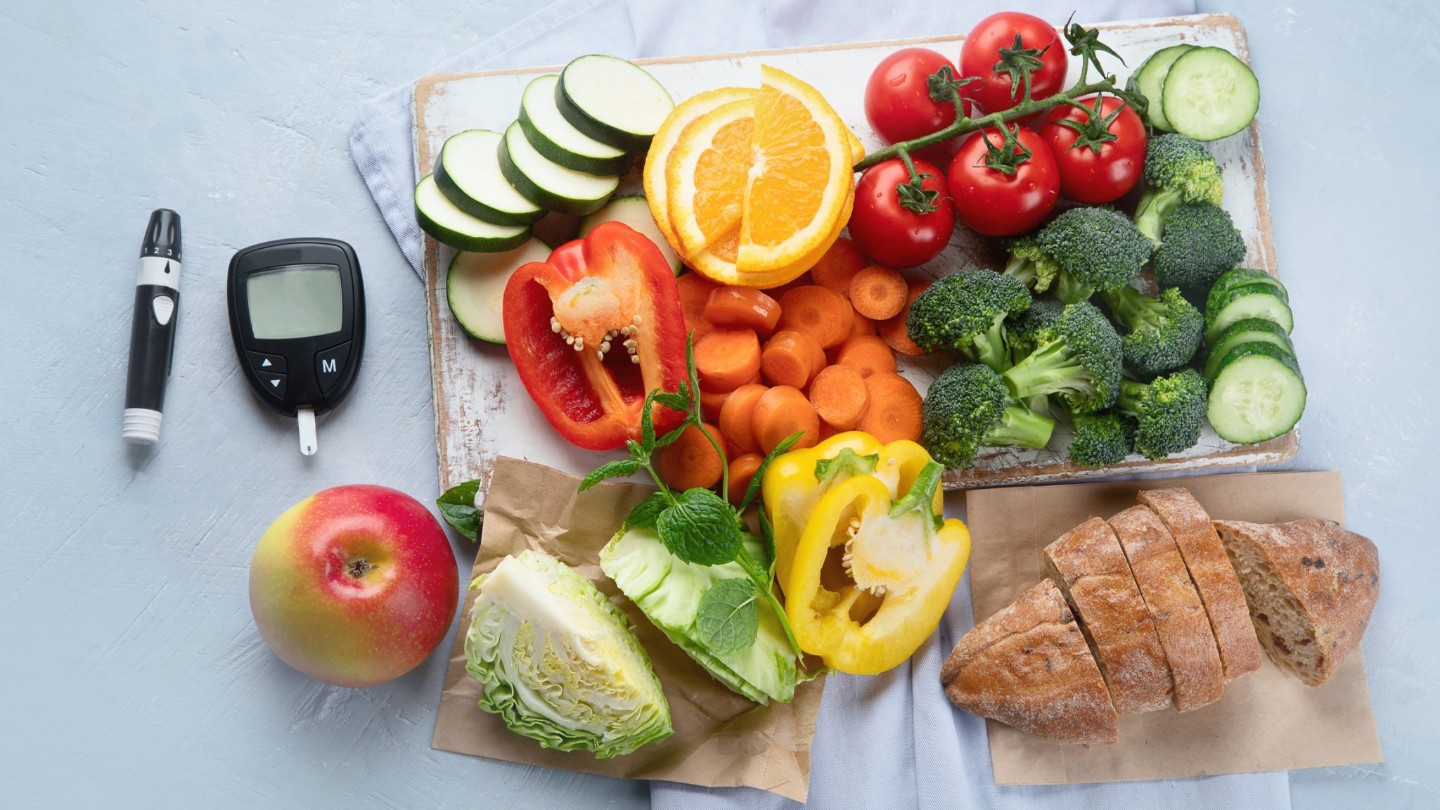Urgent Care vs. Virtual Quick Care vs. ER: A Guide to Getting the Right Care, Right Now
DEC 22, 2025Choosing correctly can save you time, money, and ensure you get the most appropriate and timely treatment.
Read More
Over the last 40 years, the rates of type 2 diabetes and obesity have been continuing to rise. There is a sense that type 2 diabetes is just a matter of aging, family history, being overweight/obese – and something that is beyond our control.
The reality is that type 2 diabetes is a reversible chronic disease. It is not an illness that you have to live with for the rest of your life, you just need the knowledge about its root cause, and how your lifestyle is contributing to this.
Type 2 diabetes is the end result of insulin resistance or carbohydrate toxicity. What is insulin resistance? First, let’s talk about what insulin is and what it does.
Insulin is a hormone that is secreted by the pancreas, its major job is to regulate our blood sugar or blood glucose. The glucose in our blood stream can supply energy to our cells, but too much of it is toxic to our system, causing damage to our organs and blood vessels. So our body tries to keep our blood sugar tightly regulated by asking the pancreas to produce all the insulin that we need to keep our blood sugar in a healthy range.
With our current Standard American Diet (SAD), most of the calories that people eat are coming from sugar in some form. There’s the sugar that we know about – like candy, soda, dessert – and also all the other foods that are carbohydrates, which are also just broken down to sugar. Carbohydrate is just a word for sugars linked together in a chain. Think bread, pasta, potatoes, crackers, chips, oatmeal, cereal, fruit, etc.
When we eat sugar/carbohydrates, these foods are digested into simple sugars and absorbed into our bloodstream, causing our blood sugar/glucose to rise. So, we signal to our pancreas to release some insulin to move the sugar out of our bloodstream into the cells to use for energy.
If we are always asking our pancreas for insulin – because we are eating a lot of sugar/carbohydrates – think snacking between meals, or drinking sugary drinks – then our cells start to ignore the insulin signal. The cells just stop responding as well to the insulin that is there, and our blood sugar/glucose starts to rise.
Our body sees that rise in our blood sugar and just asks the pancreas to make more insulin, so that we can keep our blood sugar in check. This is insulin resistance – the cells not responding to insulin signaling, and hyperinsulinemia – high levels of insulin in the blood, in response to the blood glucose and now around in excess. For a while, our body can keep our blood sugar in check with this increased level of insulin. But, this hyperinsulinemia causes other issues – elevation in insulin levels contribute to:
When this insulin resistance has gone on long enough, and the pancreas can’t produce enough insulin to keep blood sugars in check – that is when we find blood work consistent with pre-diabetes or diabetes. The process of insulin resistance precedes the diagnosis of Type 2 diabetes by five to 20 years! This process is going on for a long time before abnormal blood sugars are caught.
So, how do we use this knowledge to reverse type 2 diabetes? Well, if you consider that with insulin resistance the body can’t appropriately use sugar, because the sugar can’t be moved from the bloodstream into the cell. Then if you just stop putting sugar into the system this problem is going to be improved. Type 2 diabetes can be considered sugar toxicity syndrome/carbohydrate toxicity syndrome. The sugar is toxic to our cells and we are sick because of it.
Changing the focus of our diet to be made up of more protein and healthy fats, which aren’t easily converted into blood glucose, helps to regulate our blood sugar. Keeping carbohydrate intake low means that there isn’t sugar coming into the system, and then insulin isn’t needed in the same quantity. Over time, blood sugars are more regulated and insulin levels decrease in response.
Other factors that help with reversing insulin resistance are maintaining muscle mass, prioritizing sleep and managing stress.
Insulin resistance and the diseases it causes – pre-diabetes, diabetes, hypertension, obesity – are in your power to reverse. You just need the knowledge about how diet, exercise, sleep and stress are contributing to insulin resistance. Little changes to these areas of your lifestyle can add up to big changes in your overall health.
If you or someone you know is struggling with diabetes, schedule an appointment with a CHI Health primary care doctor or diabetes educator to get started.

Choosing correctly can save you time, money, and ensure you get the most appropriate and timely treatment.
Read More
MS is not rare. It’s estimated that nearly 1 million people in the United States and 2.8 million worldwide live with MS.
Read More
COPD is a group of progressive lung diseases that block airflow and make it difficult to breathe.
Read MoreWhen you need local health information from a trusted source, turn to the CHI Health Better You eNewsletter.